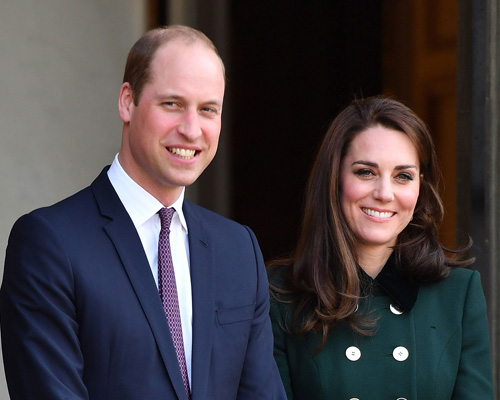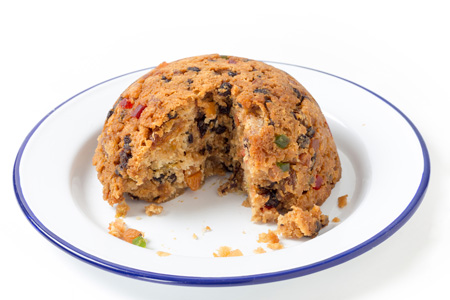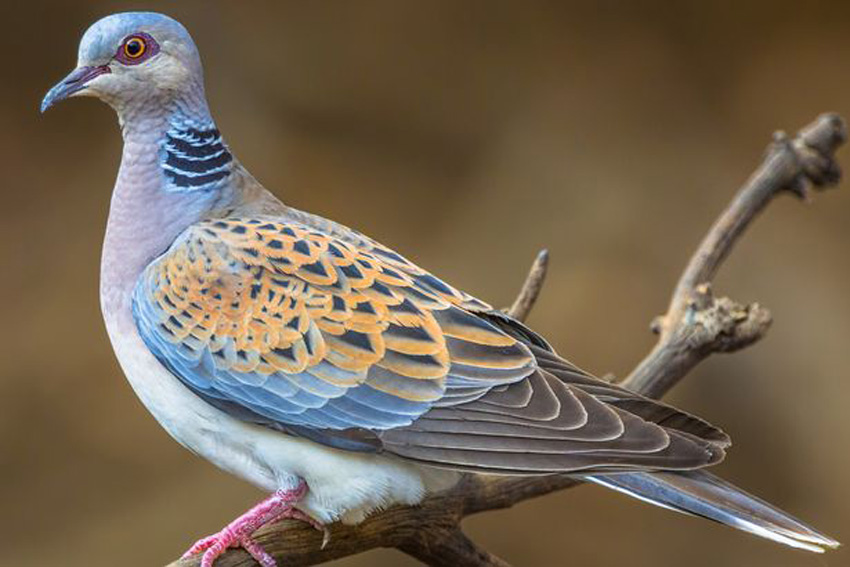




Back to the Cambridgeshire Page

- The Royal Connection
- Cambridgeshire Eats
- Owlbut's Birdwatch
- Cambridgeshire VIPs
 There is a very obvious royal
connection with Cambridge and that is that the future King of England, Prince William, has the title of Duke of Cambridge. He was given the title on the day
he married Catherine Middleton in 2011. She, naturally, became the Duchess of Cambridge.
There is a very obvious royal
connection with Cambridge and that is that the future King of England, Prince William, has the title of Duke of Cambridge. He was given the title on the day
he married Catherine Middleton in 2011. She, naturally, became the Duchess of Cambridge.
Following the death of Queen Elizabeth II in September 2022, the Duke and Duchess of Cambridge also took on the title of Duke and Duchess of Cornwall.
There are, at present, five royal dukes, including the Duke of Cornwall and Cambridge. These are:-.
The Duke of York, Prince Andrew, the Queen's second son who was given the title in 1986 and William's brother, Prince Harry, who was made Duke of
Sussex on the
day of his wedding in 2018. The final two are the Duke of Gloucester and the Duke of Kent, both cousins to the late Queen.
There is another possible royal dukedom in the United Kingdom and that is the Duke of Edinburgh and this was held by the late Queen Elizabeth's husband, Prince
Philip, until his death in April 2021 when it was assumed by the then Prince of Wales, Prince Charles. As Prince Charles has now ascended to the throne I
believe the Duke of Edinburgh title has become vacant and the new King will be able to allocate it to another member of the royal family. Queen Elizabeth's third son,
Edward,
has the title of Earl of Wessex and it is possible he might be given the title Duke of Edinburgh, but this is just a guess from me.
This page was written in 2022 and on 10 March 2023, his 59th birthday, Prince Edward, previously Earl of Wessex, was made Duke of Edinburgh on the orders of his
elder brother, King Charles III. Prince Edward's son James, aged 15, is the new Earl of Wessex. The new Duke of Edinburgh's wife, Sophie, is now the Duchess of Edinburgh.
No, I can't predict the winning lottery numbers.
![]() Back to the top
Back to the top
 The pudding you see to the left is
known as College Pudding or, sometimes, Cambridge Pudding. The earliest recipe is included in an English recipe compilation by John Murrell that was printed in
London in 1617. The historic pudding was baked in the old kitchens of Cambridge Queens College and served at the high table in the Dining Hall.
The pudding you see to the left is
known as College Pudding or, sometimes, Cambridge Pudding. The earliest recipe is included in an English recipe compilation by John Murrell that was printed in
London in 1617. The historic pudding was baked in the old kitchens of Cambridge Queens College and served at the high table in the Dining Hall.
Initially it was a steamed suet pudding filled with dried fruit, dates and spices. It is said to have been the first pudding cooked in a muslin cloth
and could well have been the forerunner of the traditional Christmas Pudding. It was usually served with a pudding sauce, often a brandy sauce.
The advantage of a suet pudding was that it was very filling but fairly cheap to make, both important factors for the students who had neither money to
spare nor enough food to eat.
![]() Back to the top
Back to the top
This page was originally uploaded just before Christmas and I thought I should take note of the 12 days of Christmas song and tell you about
the turtle dove. It's smaller and darker than the collared dove and slightly larger than a blackbird. As you can see it still has a sort of
collar but its feathers are very mottled. Mottled means spotty or speckled. Sadly, the turtle dove has become quite rare and it is on the Red List of conservation
concern. It eats seeds and people think it may be because of a lack of these that the population of turtle doves is declining.
The mottled feathers are black, brown, blue, cream, grey, white, orange, pink and purple. The legs are brown, pink and red and the beak is thin,
black and of medium length. It can mainly be seen in southern and eastern England and its natural habitats are woodland, farmland, grassland and heaths both
in the country and in towns.
The turtle dove is about 27cms in length, has a wingspan of between 47 and 53 cms and weighs between 130 and 180 grams. The turtle dove will arrive
in late April and May, leaving again between July and September.

Seven random people who were born in Cambridgeshire in the last 100 years:-
the late Olivia Newton-John (Singer), the late Richard, Lord Attenborough (Actor and Film Director), Warwick Davis (Actor - Professor Filius Flitwick in Harry Potter),
Amy Williams (Athlete - Olympic Gold Medallist in Skeleton), Louis Smith (Gymnast), Aston Marrygold (Singer - ex JLS) and Charli XCX (Singer and Record Producer).
![]() Back to the top
Back to the top

